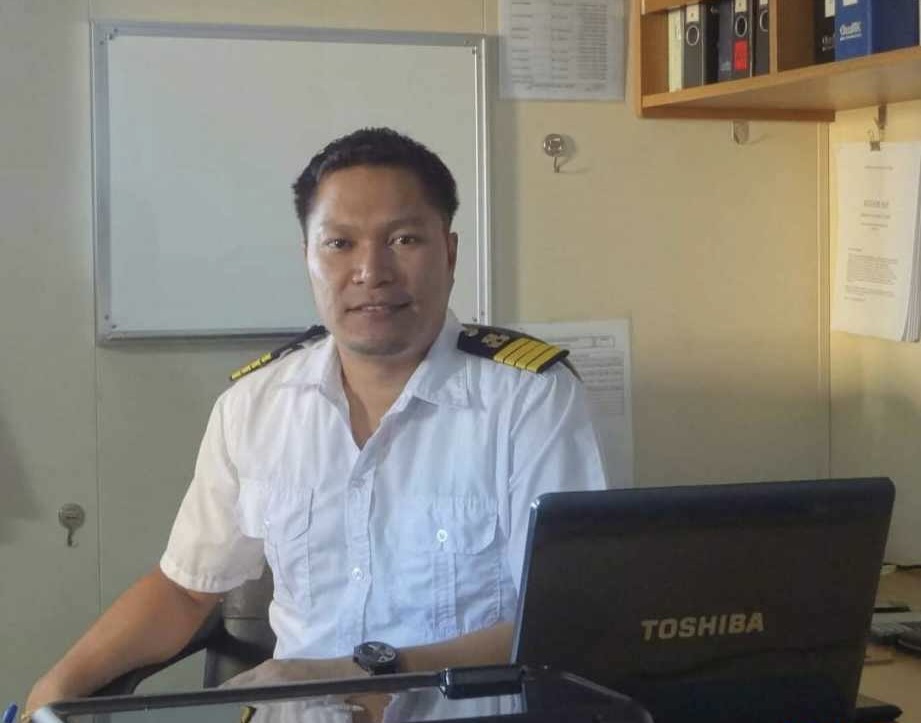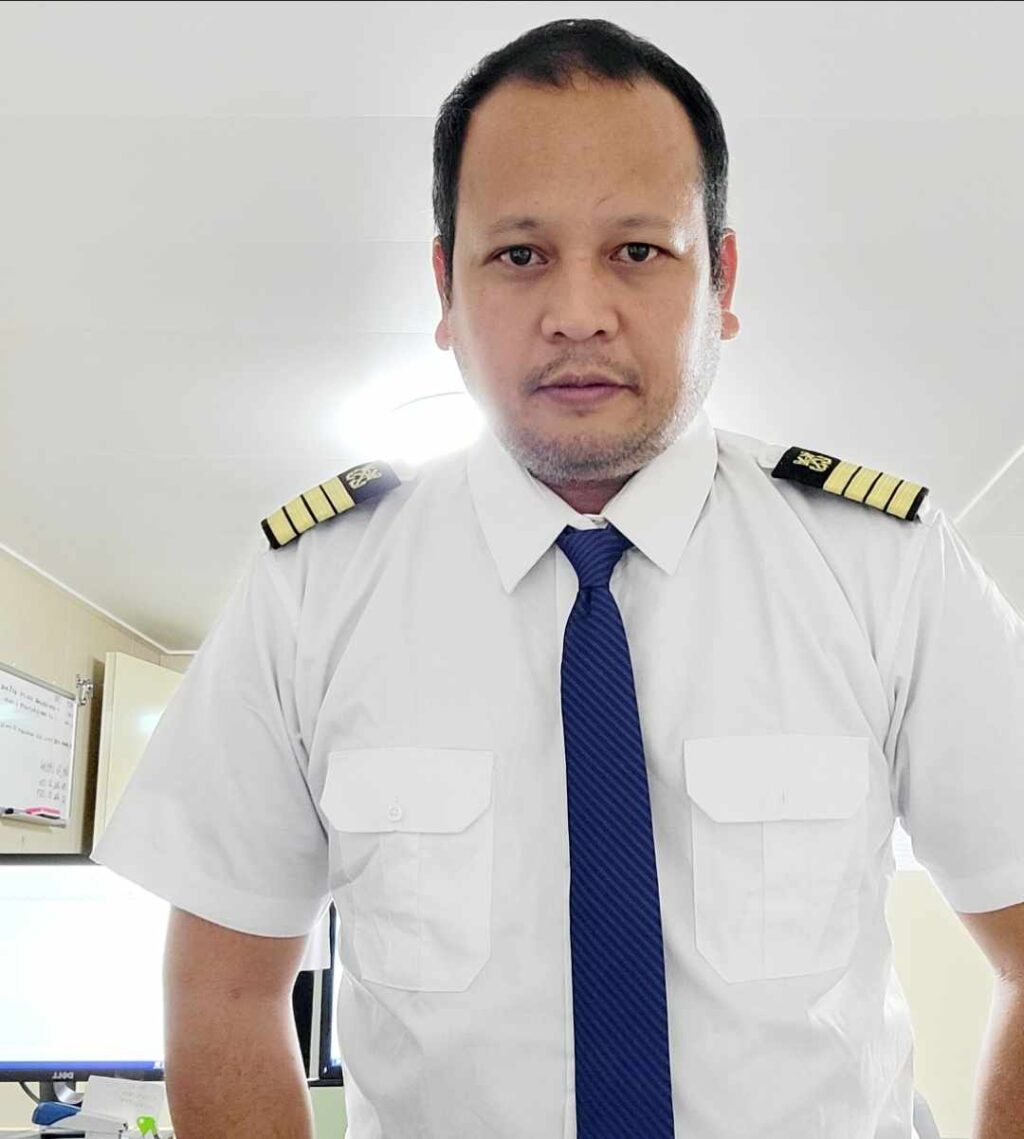CEBU CITY, Philippines–The life of a seafarer is often romanticized as one of adventure and exploration, sailing across vast oceans and visiting exotic ports.
But beneath this idyllic image lies a reality composed of challenges and hardships.
The reality is that most seafarers endure physical, emotional, and psychological strains that are largely unseen by the world they help connect.
Two bulk carrier captains help us dive into the hardships of seafarers. Captain Vergel Pabatao and Captain Randy Sulzehan A. Limbago, both products of Cagayan de Oro City in Northern Mindanao, help shed light on the resilience and fortitude required to navigate a life at sea.
Here are some of the challenges they shared:
Turbulent seas and harsh working conditions
Seafaring is physically demanding work.
Long hours, often exceeding the standard eight-hour workday, are common. Seafarers must perform their duties in all weather conditions, from scorching heat to freezing cold, and during turbulent seas.
Capt. Pabatao shared his story about going through turbulent seas at the North Pacific Ocean:
“Somewhere in the North Pacific Ocean, gapatentero ang mga bagyo. Gadagan dool sa hurricane about 65 knots nga wind force. Nidagan ra ug about 2.0 knots ang barko instead of 14 knots ang normal. Pirti ka bawod mga isa ka Semana mahadlok tag moderetso ug takilid.”

Capt. Vergel Pabatao. | contributed photo
Piracy, security threats
While modern technology has improved the safety of maritime travel, piracy remains a significant threat in certain regions.
Proof of this are the recent attacks of Houthi rebels in the Red Sea.
READ MORE:
PH seafarers barred from vessels passing through Red Sea, Gulf of Aden
Execution bond removed in the Magna Carta of Filipino Seafarers
Seafarers navigating through piracy-prone areas must be vigilant and prepared for potential attacks.
The fear and anxiety associated with these threats can be debilitating, affecting the morale and mental health of the crew.
Limbago shares his story of security threats while working at sea:
“While nag anchorahe me sa Singapore at late night for bunkering, provision stores purposes, tungod sa ka busy, na salisihan na me ug thieves and nag hide sila sa steering gear room. Upon departure, one of the engine crew kay gi ti-onan ug pusil, while rest of the thieves kay busy na pangawat sa mga spare parts. After, nisibat na sila, ayha pa naka inform ang engine crew sa bridge na nasak-an me og pirates. Traumatic pud ‘to nga experience.”

Capt. Randy Sulzehan A. Limbago. | contributed photo
Isolation and loneliness
One of the most profound challenges seafarers face is isolation. Spending months at a time away from family and friends can lead to intense feelings of loneliness and homesickness.
Modern communication technologies provide some relief, but video calls and messages can never fully replace the comfort of physical presence and human touch.
This prolonged separation can strain relationships and take a toll on mental health.
Limited shore leave
Shore leave, the opportunity for seafarers to disembark and spend time on land, is often limited. Increased security measures, port turnaround times, and bureaucratic restrictions can reduce the amount of time seafarers can spend ashore. This limited shore leave restricts their ability to rest and recuperate, exacerbating feelings of confinement and isolation.
Seafarers’ health risks
The maritime environment poses unique health risks. Limited access to medical facilities and professionals means that illnesses and injuries can be more severe and harder to treat. The confined living spaces and close quarters increase the risk of contagious diseases spreading rapidly.
The hardships of seafarers are vast and varied, requiring a unique blend of resilience, skill, and dedication.
As we celebrate International Seafarer’s Day, let us be reminded of these remarkable individuals who chart the course of our global future from the decks of their ships. Their stories of bravery and dedication inspire us all to appreciate the profound impact they have on our world.

